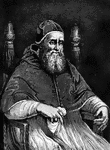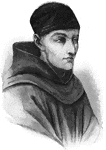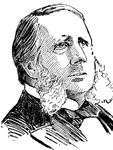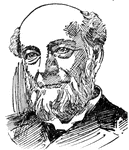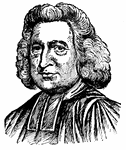The Famous People in Religion ClipArt gallery includes 98 portraits of theologians, clergy, and other religious leaders.

Pope Pius IX
The second longest-reigning elected Pope in Church history, serving from 1846 until his death in 1878.…

Pius X
Pope Saint Pius X (Italian: Pio X) born Giuseppe Melchiorre Sarto, (2 June 1835 – 20 August 1914),…
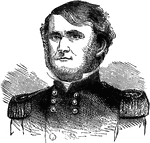
Leonidas Polk
Leonidas Polk (April 10, 1806 – June 14, 1864) was a Confederate general who was once a planter…

Pope Gregory VII
Pope Saint Gregory VII (c. 1020/1025 – May 25, 1085), born Hildebrand of Soana (Italian: Ildebrando…
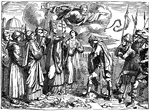
Pope Leo the Great Approaches Attila, King of the Huns, on the Battlefield
Illustration of Pope Leo, dressed in full papal costume and holding the primatial cross, approaches…
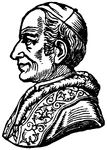
Pope Leo XIII - Side Portrait
Profile of Pop Leo XIII. He was elected pope on February 20th, 1878 and died July 20th, 1903. He was…

Pope Pius IX
Blessed Pope Pius IX (May 13, 1792 – February 7, 1878), born Giovanni Maria Mastai-Ferretti, was…
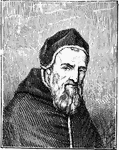
Pope Sixtus V
Pope Sixtus V (December 13, 1521 – August 27, 1590), born Felice Peretti di Montalto, was Pope…

Joseph Priestley
an English chemist, philosopher, dissenting clergyman, and educator. He is known for his investigations…
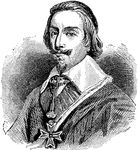
Richelieu
Armand Jean du Plessis de Richelieu, Cardinal-Duc de Richelieu (September 9, 1585 – December 4, 1642),…
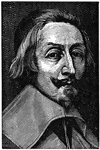
Cardinal Richelieu
Armand Jean du Plessis de Richelieu, Cardinal-Duc de Richelieu (9 September 1585 – 4 December…
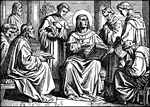
Saint Augustine of Hippo Teaches from His Writings
Saint Augustine, bishop of Hippo in Africa, sits among various other clergy and teaches from his writings.…

Archbishop William Sancroft
William Sancroft (30 January 1617 – 24 November 1693), was the 79th archbishop of Canterbury. He became…
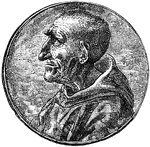
Savonarola
An Italian Dominican priest of Florence, Italy. He is best known for his acts of book burning.

Emmanuel Joseph Sieyès
A French Roman Catholic clergyman who helped transform the Estates-General into the National Assembly.
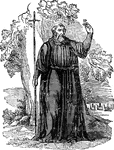
St. Patrick
"St. Patrick appears to have been a native of Boulogne, in France, and to have been born about the year…
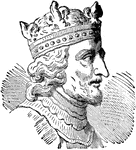
Stephen I of Hungary
Saint Stephen I was Grand Prince of the Magyars (997-1001) and the first King of Hungary (1001-1038).…
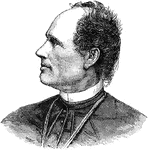
Josip Juraj Strossmayer
Josip Juraj Strossmayer (February 4, 1815 – May 8, 1905) was a Roman Catholic bishop, benefactor and…
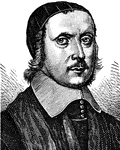
Bishop Jeremy Taylor
Jeremy Taylor (1613 – 13 August 1667) was a clergyman in the Church of England who achieved fame…
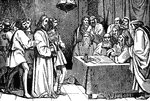
Jesus before the Council
"Now the chief priests and the whole council sought witness against Jesus to put him to death; and found…
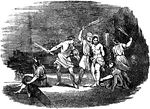
Jesus Scourged before Crucifixion
"And Pilate, wishing to content the multitude, released unto them Barabbas, and delivered Jesus, when…
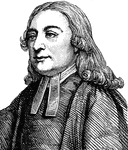
John Wesley
John Wesley (June 28 1703 – March 2, 1791) was an Anglican minister and Christian theologian who was…
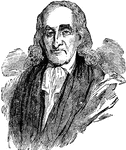
William White
The Most Reverend William White (April 4, 1748 N.S. – July 17, 1836) was the first and fourth…
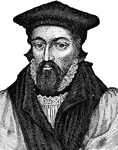
Archbishop John Whitgift
John Whitgift (c. 1530 – February 29, 1604) was Archbishop of Canterbury from 1583 to his death. Noted…

Bishop Thomas Wilson
Thomas Wilson (20 December 1663 – 7 March 1755) was Anglican Bishop of Sodor and Man between 1697…
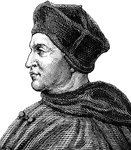
Thomas Cardinal Wolsey
Thomas Cardinal Wolsey (c.1470~1471 – November 28 or November 29, 1530), who was born in Ipswich,…

James Frederick Wood
An American Roman Catholic, prelate, born in Philadelphia, April 27, 1813; died there June 20, 1883.
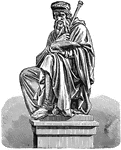
Sculpture of John Wycliffe
A sculpture of John Wycliffe, an English theologian, lay preacher, translator and reformist. Wycliffe…
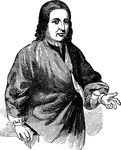
Nicolaus Ludwig Zinzendorf
Nikolaus Ludwig von Zinzendorf und Pottendorf, Imperial Count of Zinzendorf and Pottendorf, (May 26,…
